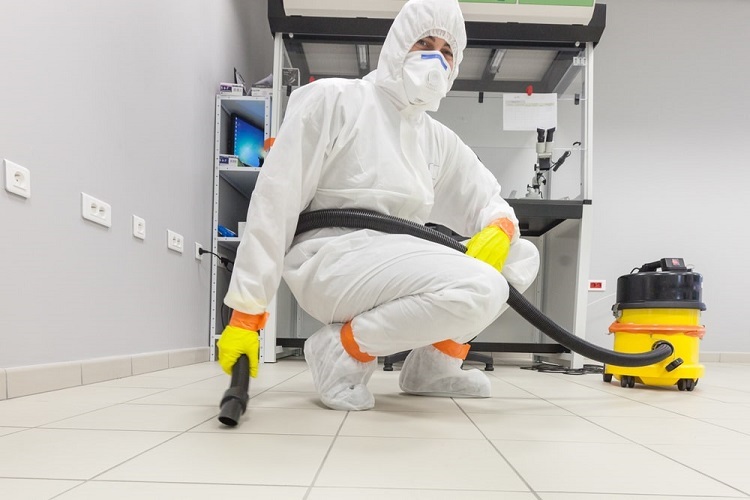Biotech stocks have had a rough break since the Turing fiasco in late 2015. While this negative publicity reflects a moderate amount of risk to large pharmaceutical companies with broad drug portfolios, it has created myriad investment opportunities in early stage companies. Here we discuss Celldex Therapeutics (NASDAQ:CLDX), a stock whose current drug pipeline shows tremendous and imminent potential for positive returns.
Celldex Therapeutics (CLDX) is an oncology company with multiple drug candidates in development. The latest quarterly results demonstrate it to be in a healthy position with roughly $300 million in cash equivalents. Despite a lack of notable news concerning CLDX, macro trends in the industry coupled with negative earnings have led to a 50% decline in stock price since July 2015.
So what? Neither macro trends nor earnings should weigh heavily on the valuation of CLDX. A company without approved products has no revenue; in fact, higher costs reflect investment in research and development. While drug pricing may be an eventual concern, the next major de-risking event is tied to the success or failure of current clinical trials. Accordingly, CLDX is anticipated to release results for the Phase 3 clinical trial of Rintega (rindopepimut) in Glioblastoma multiforme (GBM) within the next several weeks. This is where I expect CLDX to shine.
GBM is the most aggressive type of brain cancer and the most deadly of all cancers. GBM can develop abruptly, and the risk factors behind it are poorly understood. The 17,000 annual patients with newly diagnosed GBM can expect to live approximately 3 months without treatment, or up to 14 months with a combination of chemotherapy, radiation and surgery. GBM progression rapidly destroys patient quality of life, so steroids are used palliatively to improve symptoms.
Glioblastoma is one of the least manageable cancers. Doctors treating GBM currently do not have any targeted therapies in their arsenal, and any new approvals would dramatically alter current treatment options. Celldex’s Rintenga (rindopepimut) is a therapeutic cancer vaccine used to treat newly diagnosed or recurrent GBM. Of all the promising candidates in Phase 3 testing, Rintega is the closest to FDA review.
Granted a Breakthrough Therapy designation in February 2015, Rintega targets a mutant growth factor receptor (EGFRvIII) that is found in 30% of all Glioblastoma cases. Biologically, Rintega functions like a normal vaccine. It consists of two parts: a small peptide sequence that mimics the EGFRvIII growth factor attached to an immunogenic protein. This fusion product stimulates the body’s immune system to attack anything that looks like the small peptide sequence, which in this case is the protein found in Glioblastoma cells. The vaccine is uncommonly effective as treatment with Rintega provokes an anti-EGFRvIII response in 81% of patients.
Previous data for Rintega has shown exceptional promise. Three phase 2 clinical trials have been conducted on Rintega – Activate, ACT II and ACT III. All have reported a good safety profile, with only Grade 1 and Grade 2 side effects reported. Most importantly, Rintega has demonstrated dramatically improved survival rates compared to historical controls. Median progression-free survival rates (PFS) of 12.3, 15.3, and 14.2 months were observed, compared to a historical median of 6.4 months. Despite a small sample size for the patient pool (n= 105 total), survival increases were statistically significant to a p-value of 0.017 or less. Even more exciting data comes from overall survival in these patients – 50% of patients treated with Rintega were alive at 2 years, compared to only 6% of control patients. Furthermore, Rintega was able to control symptoms of GBM as many patients were able to discontinue steroid use.
The Phase 3 clinical trial of Rintega, Act IV, reached its first interim analysis mid-2015, when an independent data monitoring board recommended the continuation of the trial until 75% of events were achieved. The second interim analysis was expected to be completed in late 2015 or early 2016. One potential problem in evaluating Rintega is the “long-tail” phenomenon exhibited by this class of pharmaceutical. In this scenario, a small percent of patients achieve complete cures, and longer monitoring is needed to assure statistical significance. This may be reflected in the decision of the data-monitoring board to continue the trial instead of halting it for already achieved significance.
Promising results aside, Rintega faces certain challenges. While Rintega fits into the new class of immunotherapeutics, it has received far less attention than the anti-CTLA4 or anti-PD1 antibodies such as Yervoy. These therapies exhibit less potent results than Rintega, but are effective in a broad number of cancer types while Rintega can only be used in GBM. Another compounding issue stems from the amount of competition CLDX faces. The FDA lists two other Phase 3 clinical trials for immunotherapeutic treatment of GBM. Fortunately for CLDX, both are anticipated to publish results later than ACT IV. Both candidates are also Dendritic Cell (DC) vaccines, similar to Sipuleucel-T manufactured by Dendreon. Up to date readers may recall that Dendreon declared bankruptcy due to unfavorable market dynamics. Rintega is a far cheaper type of therapy than personalized DC vaccines and will benefit from better unit economics.
Rintega is also being tested in a fourth Phase 2 trial named ReACT. Results of this trial showed less potency, but long term survival data are still significant. Beyond the ACT IV study, CLDX has six other irons in the fire. The next most promising candidate is Glembatumumab vedotin (CDX-011), an antibody drug conjugate (ADC) targeting triple negative breast cancer – the most aggressive of all breast cancers. ADCs are specific targeting agents linked to conventional chemotherapeutic agents. They have shown considerable promise in multivalent targeting of solid tumors. A Phase 2b study of CDX-011 is currently underway.
Considering the likely success of the ACT IV trial as well as the number of advanced candidates in the CLDX pipeline, this stock represents a very good investment. For a more in-depth biological discussion of Rintega, see here.










